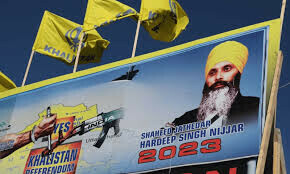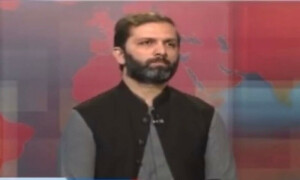Time seems to be slipping out of the government’s hands as it tries to achieve the twin objectives of ending load shedding and reducing delivered rates within its full tenure.
Soon after coming into power, the Nawaz-led government had committed to international lenders that it will substantially increase energy rates in the short-term, in return for their financial support to stabilise the weak economy.
Consumer-end power rates have since gone up by over 70pc. A simultaneous promise was made to the people that medium-term power rates would come down to below Rs9 per unit from the average delivered rates of Rs14-15 by contracting projects from cheaper sources like hydro, coal and natural gas and by discouraging imported expensive fuels like furnace oil and diesel.
Pakistan has virtually no home-made solar technology and is solely dependent on imported equipment, making the cost of generation twice that of India and China
However, the power situation in the summer of 2017 would be one of the most critical factors in the next general elections, due much before the 2018 summer. Not only the gap between power demand and supply, but also the transmission system’s stability would be of great importance. Among other things, nationwide power breakdowns were perhaps a major factor behind the PPP’s poor bidding in the 2013 elections.
The government has already lost over 18 months pushing the 6,600MW Gadani Power Park. The project is on the back burner now and its management company has been merged with the Private Power and Infrastructure Board. With the upfront tariff of up to 9.56 cents per unit, the most advanced-stage Thar project is yet to achieve financial close.
Halfway down the road, the government shifted its priority towards LNG-based power projects in Punjab. This is still in the embryonic stage. None of these power projects are to achieve financial close in the near future.
After the financial close, combined-cycle LNG projects take 30-36 months at minimum to begin commercial operations. Even this tight schedule seems to be going beyond May-June 2017.
Meanwhile, hydropower generation is a long gestation game. The 1,410MW Tarbela-IV Extension and the 969MW Neelum-Jhelum hydropower projects would be the two major hopes for the PML-N government to sail through the 2017 summer. These contributions, however, would be significantly offset by rising electricity demand over the next three summers.
In its early days, the government’s National Power Policy 2013 promised that “Pakistan will develop the most efficient and consumer centric power generation, transmission, and distribution system that meets the needs of its population and boosts its economy in a sustainable and affordable manner”.
On January 9, the prime minister reiterated that “efficient projects should be undertaken to reduce load-shedding and providing electricity to the people at affordable rates”.
The Punjab government, however, seems to be moving in another direction. The country is currently experiencing a basket price of generation of Rs6-9/kWh despite its heavy reliance on imported fuel, thanks to falling international oil prices. It was expected that new coal and hydropower projects will push the cost down further.
The new upfront tariff of Rs8-8.5 per unit is good news for consumers as the current furnace oil-based basket price had a shadow of Rs12-14 per unit. Now the government of Punjab is pushing the costly solar based generation on IPP mode for 1,000MW with an upfront tariff of Rs14.35 unit. This does not fit into the cheaper energy objective.
Solar is a good policy alternative and is being selectively used the world over in small quantities and in areas where the transmission cost for other sources of energy is costlier. It is also being pursued by countries like Germany that depend heavily on thermal generation from coal etc and have a heavy carbon footprint, so as to mitigate their greenhouse gas emissions.
India is also pursuing it to balance its energy mix of high coal-based power and also because of its indigenous solar technology, which allows cheaper solar generation.
Pakistan, on the other hand, has virtually no home-made solar technology and is solely dependent on imported solar equipment, making the cost of generation twice that of India and China. The lack of indigenous technology also makes it vulnerable to grid instability.
Meanwhile, at the end of its two years, the PML-N is slated to bring out another power policy (2015).
Published in Dawn, Economic & Business, March 16th, 2015
On a mobile phone? Get the Dawn Mobile App: Apple Store | Google Play















































